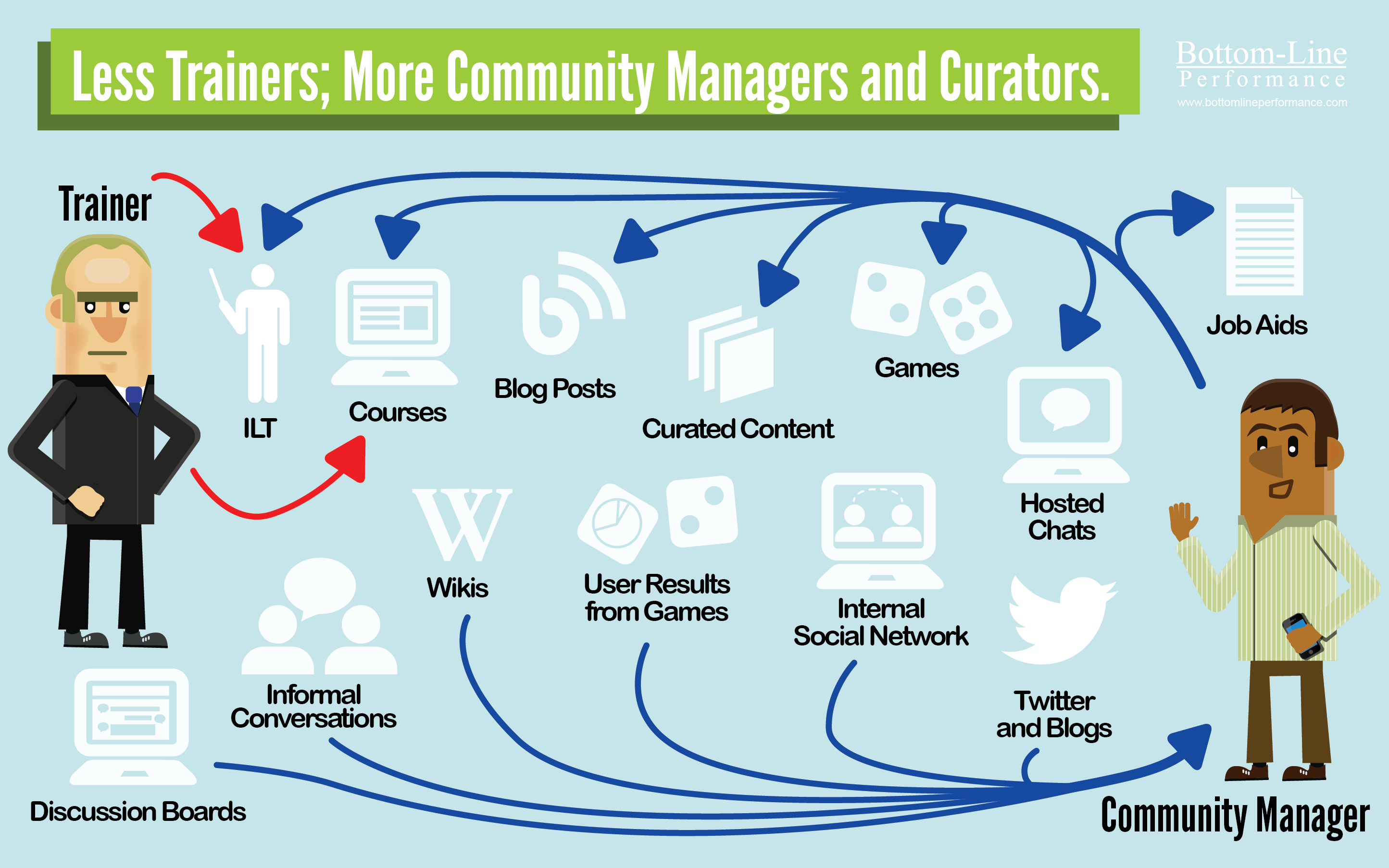E-learning Using Social Media

![]()
More than 1.2 billion students in 186 countries will have an impact in education because of COVID-19. This opens up the opportunity for greater online education. Global investments in educational technology in 2019 already amounted to $18.66 billion before COVID-19 was even conducted. Learning applications, visual tutoring, video conferencing and online learning software have all seen considerable growth since COVID-19. The entire online education industry is expected to exceed $350 billion by 2025. Online social networks are made up of four key elements: a space for users to create their own profiles, a list of connections they have made, the ability to track their actions and a way to make new connections. Social media used by 3.96 billion individuals, or about 51% of the world’s population, by July 2020, according to Pew Research. There are 2.603 billion monthly active users on Facebook, YouTube, WhatsApp, WeChat, Facebook Messenger and Instagram combined.
In the last few years, professional networks that provide information exchange and communication capabilities for business purposes have emerged alongside regular social networks. The most well-known of these is LinkedIn. LinkedIn provides a platform for people and companies to interact in order to establish professional relationships, find employees and manage careers. In recent years, two other academic social networking sites have appeared: Academia.edu and ResearchGate. Both are offered as professional and social networks of researchers, combining the characteristics of the social network with the publication of studies, all tailored to the needs and behavior of academic researchers. You may post and tag articles, monitor citations, build a personal profile and communicate with others in the network. They also support traditional social-network aspects like this.

There are benefits and drawbacks of using social media in e-leaning. The online exchange of knowledge and information among various groups of people is one of the most significant advantages. This online information sharing, also encourages people to improve their communication skills, especially among learners/students in educational institutions. There is also a downside to using social media. Because the internet is a communication channel, more and more people are turning to social media for their communication needs. As a result, social media offers numerous advantages. Social media has a number of advantages over traditional forms of communication, including ease of use, low cost, speed, interactivity and a wide audience that can be reached for a long period of time. While social media can help us stay connected, over-dependence can lead to problems such as addiction and difficulty interacting with others in the real world. Consequently, we must exercise caution when interacting on social media. As a result, this medium will be able to perform useful functions, such as simplifying our day-to-day lives and making learning easier. Despite the advantages that virtual communities can provide for academic practice, academics encounter a number of obstacles when attempting to integrate social media into their everyday work routine. Using social media comes with risks such as misunderstanding, distortion, conflict and infringement of intellectual property.







